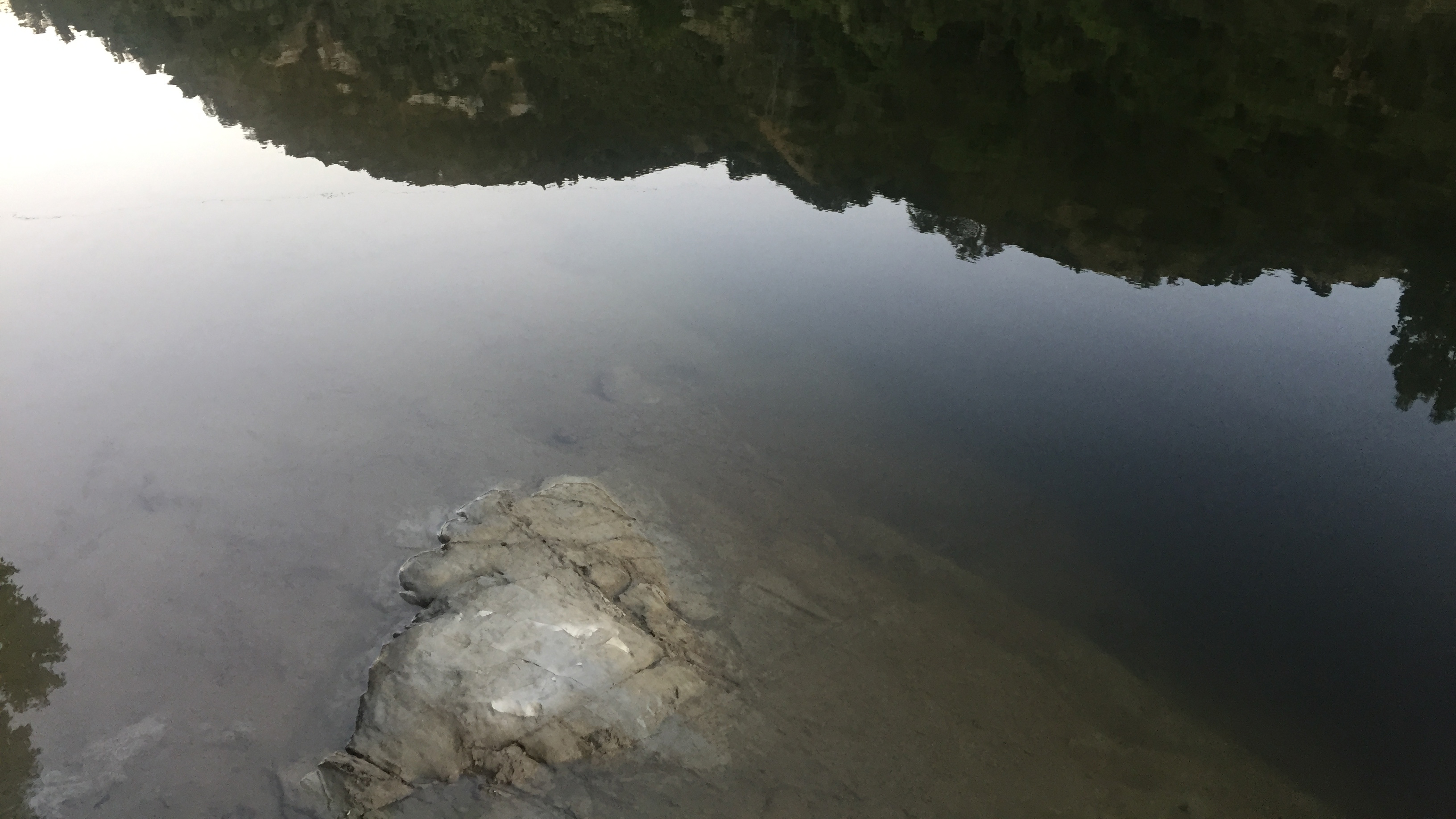Eddie Durie, “Will the Settlers Settle? Cultural Conciliation and Law,” Otago Law Review 8 (1996): 449–465.
Joe Williams, “Lex Aotearoa: An Heroic Attempt to Map the Māori Dimension in Modern New Zealand Law,” Waikato Law Review 21 (2013): 1–34.
Jessica Hutchings et al., “Enhancing Māori Agribusiness Through Kaitiakitanga Tools” Our Land and Water National Science Challenge, July 2017, ➝.
Jacinta Ruru, Paul Scott, and Duncan Webb, The New Zealand Legal System: Structures and Processes (LexisNexis, 2016).
Nicola Wheen, “A Natural Flow – A History of Water Law in New Zealand,” Otago Law Review 9, no. 1 (1997): 71–110.
See Baden Vertongen, “Customary title to waterways – Paki v Attorney-General (No 2)," Māori Law Review (September 2014): 1–8.
Māori Land Act 1993, No. 4 (NZ).
US Department of Health and Human Services, “Profile: American Indian/Alaska Native,” 2018, ➝. See also Carolyn A. Liebler, “Counting America’s First Peoples,” Annals of the American Academy of Political and Social Science 677, no. 1 (2018): 180-190.
To view a copy of the Treaty of Waitangi, see Treaty of Waitangi Act 1975. For discussion, see Claudia Orange, The Treaty of Waitangi (Bridget Williams Books, 2011).
See repealed statutes such as New Zealand Settlements Act 1863, No. 8 (NZ) and Suppression of Rebellion Act 1863, No. 7 (NZ). See also the work of Richard Boast including The Native Land Court 1862-1887: A Historical Study, Cases and Commentary (Thomson Reuters, 2013); Robert J. Miller and Jacinta Ruru “An Indigenous Lens into Contemporary Law: The Doctrine of Discovery in the United States and New Zealand,” West Virginia Law Review 111 (2009).
See Nell Jessup Newton, ed., Cohen’s Handbook of Federal Indian Law (LexisNexis, 2017).
For general comparative work on the United States and New Zealand, see David Hackett Fischer, Fairness and Freedom: A History of Two Open Societies: New Zealand and the United States (Oxford University Press, 2012).
To better understand New Zealand’s constitutional system, see Matthew S.R. Palmer, “Constitutional Realism about Constitutional Protection: Indigenous Rights under a Judicialized and a Politicized Constitution” Dalhousie Law Journal 29 (2006): 1.
Resource Management Act 1991, No. 69 (NZ), section 6.
Ibid., section 7.
Ibid., section 8.
Jacinta Ruru, “Indigenous Restitution in Settling Water Claims: The Developing Cultural and Commercial Redress Opportunities in Aotearoa, New Zealand,” Pacific Rim Law & Policy Journal 22 (2013): 311–352. See also Jacinta Ruru, “Undefined and Unresolved: Exploring Indigenous Rights in New Zealand’s Freshwater Legal Regime,” Journal of Water Law 20 (2010): 236–242.
Michael Reilly et al., eds., Te Kōparapara: An Introduction to the Māori World (Auckland University Press, 2018). See also Nicola Wheen and Janine Haywood, eds., Treaty of Waitangi Settlements (Bridget Williams Books, 2012).
For further discussion about the use of the term "ownership" in this context, see section entitled "Justice."
“New era in Lake Taupo Management,” Rotorua Daily Post, May 22, 2018, ➝.
Te Arawa Lakes Settlement Act 2006, section 9. Note “Crown” means New Zealand’s national Government.
Jacinta Ruru, “The flow of laws: the trans-jurisdictional laws of the longest river in Aotearoa, New Zealand” in Trans-jurisdictional Water Law and Governance, eds. Janice Gray, Cameron Holley, and Rosemary Rayfuse (Routledge, 2016), 175–191; Linda Te Aho, “Ngā Whakatunga WaiMāori: Freshwater Settlements” Treaty of Waitangi Settlements; Linda Te Aho, “Indigenous Challenges to Enhance Freshwater Governance and Management In New Zealand - The Waikato River Settlement,” Journal of Water Law 20 (2010): 285–292.
Waikato-Tainui Raupatu Claims (Waikato River) Settlement Act 2010, section 8(3).
The Nga Wai o Maniapoto (Waipa River) Act 2012, preamble(16)(f).
Te Awa Tupua (Whanganui River Claims Settlement) Act 2017, section 14(1).
Ibid., section 69(2).
Ibid., section 18(2). Linda Te Aho, “Legislation – Te Awa Tupua (Whanganui River Claims Settlement) Bill – the endless quest for justice,” Māori Law Review (May 2016).
"Hydroelectric dam affecting Whanganui River – locals," Radio New Zealand, April 21, 2017.
Waitangi Tribunal, “The Stage 1 Report on the National Freshwater and Geothermal Resources Claim” (WAI 2358, 2012), 32.
Ibid.
Sue Jackson and Lisa Palmer, “Modernising Water: Articulating Custom in Water Governance in Australia and East Timor,” The International Indigenous Policy Journal 3, no. 3 (2012).
Carwyn Jones, New Treaty New Tradition. Reconciling New Zealand and Māori Law (UBC Press, 2016).
The Waikato River, for example, is recognized as a tribal ancestor, and the Whanganui River is recognized as having legal personhood.
